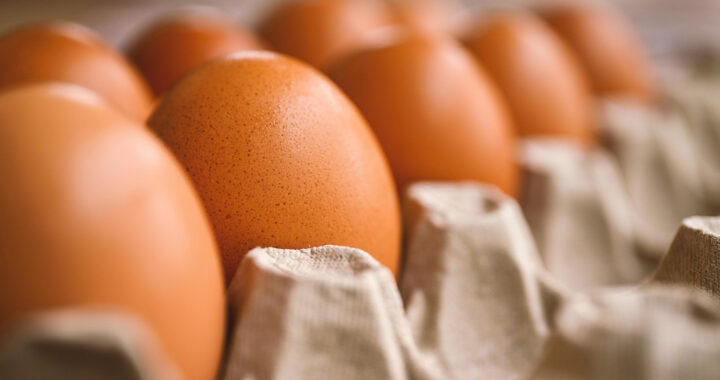The prices of eggs in the United States have seen significant increases from 2023 to 2024 and further to 2025. For example, throughout 2023, the average price of Grade A eggs was USD 2.80 per dozen. This was considered high since previous prices averaged around USD 1.50. The same grade of eggs saw their average prices increase to USD 3.37 in October 2024 and USD 3.65 in November 2024. This year ended with prices averaging at USD 4.15. Recent data for 2025 showed that the prices were above USD 4.50 per dozen and the U.S. Department of Agriculture predicts that the prices could breach the USD 5.00 mark.
Why Are Egg Prices in the U.S. So High?
Egg prices in the U.S. have consistently outpaced inflation. To be specific, data from 1990 to 2022 showed that the average inflation-adjusted prices of eggs have increased by 183.2 percent while overall inflation was at 123.9 percent during the same period.
The upward trend in egg prices over the last three decades is due to a combination of inflationary pressures, rising input costs, regulations like the cage-free law, several market shifts such as increased demand for specialty eggs and increased overall consumption, and recurring crises that have disrupted egg production and relevant supply chains.
Nevertheless, with regard to more recent price spikes, the primary cause is the avian influenza or bird flu outbreak that has devasted farms across the U.S. Over 57.8 million birds were affected in 2022 and over 23 million chickens were culled in January 2025 alone.
The current avian influenza outbreak in the U.S. is due to the H5N1 strain. It is highly pathogenic and requires mass culling to prevent further spread. Hence, since its onset in early 2022, it has led to the culling of over 150 million birds. These included a substantial number of egg-laying hens. The result is a mass reduction in the poultry population.
Hence, based on the above, the high prices of eggs in the U.S. are primarily a disease-driven supply chain issue. Other factors aggravate the situation. These include rising production costs, high demand, hoarding, and broader inflationary pressures.
What Can the U.S. Government Do?
The ongoing avian influenza outbreak remains the most significant factor that drives the prices of eggs in the U.S. This means that there is a need to strengthen biosecurity practices in poultry farms and enhance the response of relevant government agencies.
Large commercial egg producers have invested heavily in biosecurity. However, based on a 2022 case-control study by A. L. Green et al., their measures have not always been sufficient to prevent outbreaks. Factors like wild waterfowl sightings and inadequate vehicle washing were associated with increased infection risks on commercial table egg farms.
The U.S. government should also maintain and improve its bird flu response. A report by Reuters, which was published on 14 February 2025, noted that the comprehensive response was halted during the initial weeks of the Trump administration.
Expedited vaccine rollout is also a workaround. Scientists have recommended vaccination as the best shot against the bird flu but the U.S. government has long resisted it due to politics and other unscientific concerns. However, on 13 February 2025, the U.S. Department of Agriculture conditionally approved a vaccine to protect poultry farms.
The Trump administration has also been urged to dial down on its funding cut across the federal government and launch a coordinated multi-agency response to control the avian influenza outbreak and manage the economics of egg production and distribution.
FURTHER READINGS AND REFERENCES
- Douglas, L. and Polansek, T. 14 February 2025. “US Bird Flu Response Disrupted in Early Weeks of Trump Administration, Sources Say.” Reuters. Available online
- Green, A. L., Branan, M., Fields, V. L., Patyk, K., Kolar, S. K., Beam, A., Marshall, K., McGuigan, R., Vuolo, M., Freifeld, A., Torchetti, M. K., Lantz, K., and Delgado, A. H. 2023. “Investigation of Risk Factors for Introduction of Highly Pathogenic Avian Influenza H5N1 Virus Onto Table Egg Farms in the United States, 2022: A Case–Control Study. In Frontiers in Veterinary Science. 10. Frontiers Media SA. DOI: 3389/fvets.2023.1229008
- US Inflation Calculator. 2025. “Egg Prices By Year And Adjusted For Inflation.” US Inflation Calculator. CoinNews Media Group Company. Available online





